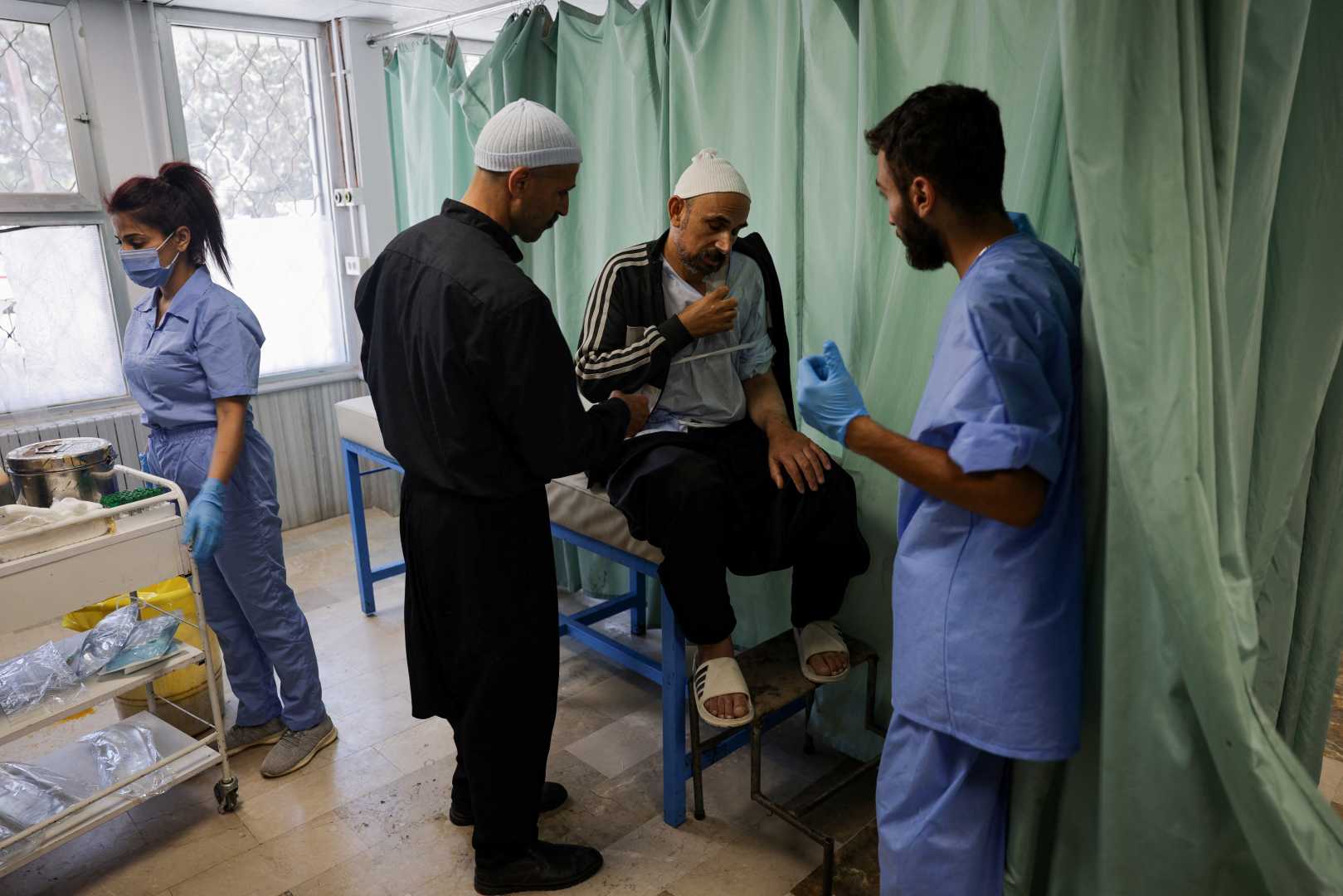News
Violence Erupts at Sweida Hospital Amid Druze-Bedouin Conflict

Sweida, Syria – A brutal encounter unfolded at the Sweida National Hospital as armed men in military attire killed a medical worker on July 16, 2025. This incident occurred amidst escalating violence between the Druze community and neighboring Bedouin tribes in southern Syria.
The victim, identified only as Muhammad Bahsas, an engineer, was shot after being recognized by armed individuals while reportedly aiding the injured. Eyewitnesses describe chaos as medical staff were forced to kneel and the atmosphere became increasingly hostile as the attackers shouted at hospital workers.
According to Amir, a hospital worker who witnessed the event, the armed men wore a mix of military garb and black clothing associated with Syrian government forces. “They hit him, enraged, and shot him. He fell lifeless as the gunshot echoed through the corridors,” Amir recounted. This violence is part of a broader conflict in the Druze-majority governorate of Sweida, which has been marred by battles between local militants and armed groups.
Between July 13 and 14, shelling intensified in the region, resulting in an influx of civilian casualties into the hospital, with most victims being women and children caught in the crossfire. Bahaa, a doctor at the facility, confirmed the hospital faced overwhelming pressure from the rising number of injured individuals during this period.
The situation escalated further as General Security forces, who were initially treated as patients, began clashing with local Druze residents. Reports indicate that the Bedouin-aligned groups conflicted with the hospital staff, leading to heightened tensions and a breakdown of what should have been a neutral medical environment.
Health care facilities in Syria, according to international humanitarian law, are protected entities and should not be involved in conflicts. However, during this latest surge of violence, the attacks have brought renewed scrutiny and fear among medical professionals and patients alike.
As bodies piled up within the hospital’s compound, community members mobilized to protect their community from perceived threats, marking a shift in the local population’s attitude towards armed conflict. “If the killing was between people carrying weapons, things are okay, but you killed old people and children,” Amir lamented, reflecting the community’s pain.
This recent incident is a stark reminder of how fragile the peace remains in Syria, particularly for the Druze community caught in the crosshairs of sectarian violence and governmental authority. A committee is expected to investigate these civilian attacks, aiming to identify the responsible parties amidst a convoluted web of military and tribal allegiance.












